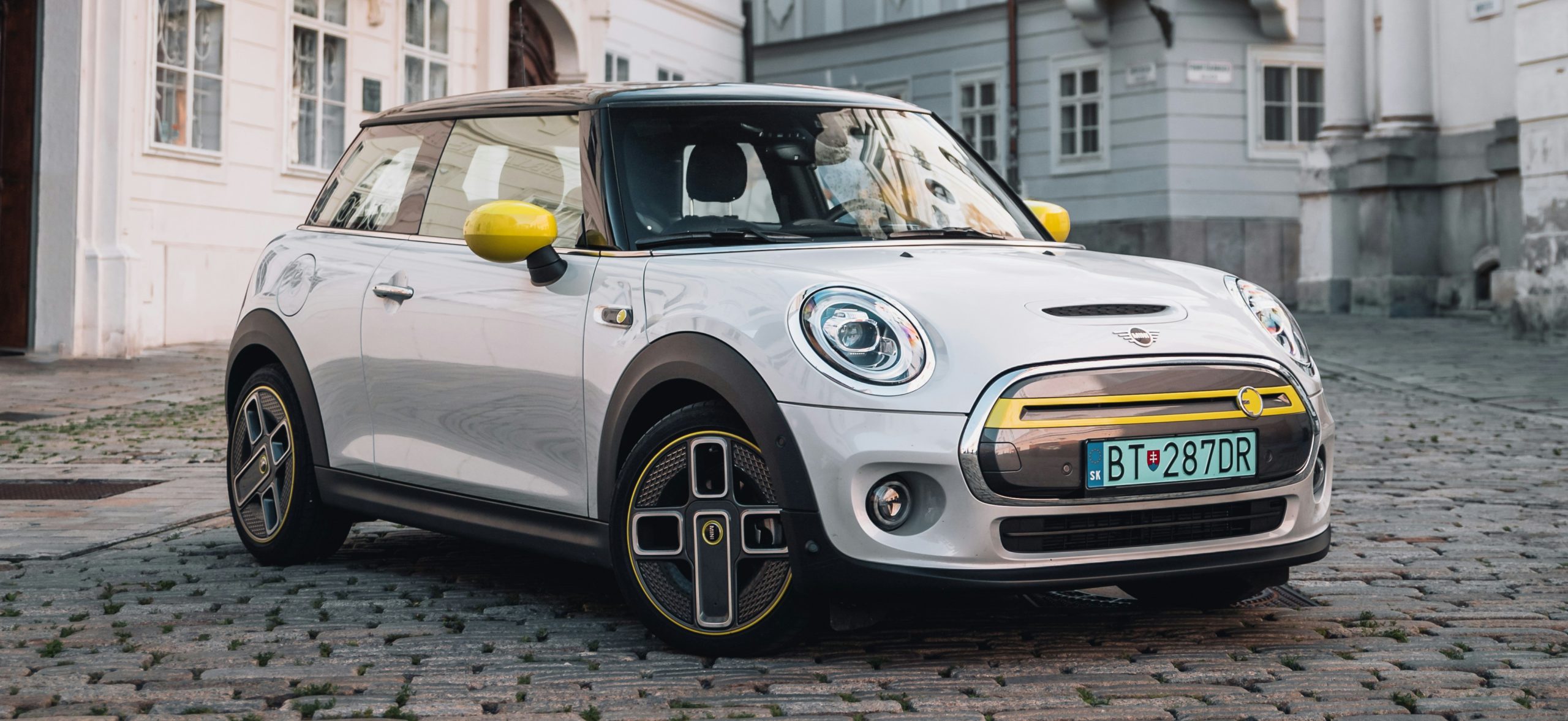Mini Cooper: The Icon that revolutionized the Automobile Industry
The birth of the legend: the design of the original Mini (1959)
The Mini Cooper was conceived as a direct response to the oil crisis of the 1950s. The British Motor Corporation (BMC) commissioned Alec Issigonis, a British engineer of Greek origin, to design a small, economical and fuel-efficient car. However, Issigonis’ vision extended beyond mere utility, aiming to create a car that was not only practical but also elegant and enjoyable to drive.
In 1959, the first Mini model was presented to the public as the Morris Mini-Minor and Austin Seven, two identical versions but sold under different brand names to suit BMC’s marketing strategy. The most revolutionary feature was the innovative layout, which included a transverse engine and front-wheel drive. This layout allowed for efficient use of interior space. Despite its less than three-metre length, the Mini could seat four people comfortably.
The Mini’s initial reception was tepid, but over time, it gained popularity due to its distinctive blend of practicality and personality. Its compact and agile design made it perfect for navigating the congested, urban streets of the time.
John Cooper and the transformation into a sports car
In the early 1960s, racing car builder John Cooper, renowned for his Formula 1 successes, identified significant racing potential in the Mini. With the approval of Issigonis (and some resistance from him), Cooper modified the small hatchback to create a racing car. The first Mini Cooper was unveiled in 1961, featuring an upgraded engine and enhanced suspension.
This sports version quickly became a success. The Mini Cooper‘s performance enabled it to compete with much larger and more powerful cars in international rallies. Its moment of glory came with victories in the Monte Carlo Rally in 1964, 1965 and 1967. Its agility, combined with driver talent, made it famous as a ‘giant killer’, able to challenge and beat far more expensive and technologically advanced opponents.
The cultural icon: the Mini in the 1960s and 1970s

In addition to its success on the racetrack, the Mini also gained a place in popular culture. During the vibrant 1960s, it became a symbol of British style, establishing itself as the car of choice for artists, actors and celebrities. Celebrities such as The Beatles, Peter Sellers and Twiggy were seen driving Minis, contributing to its reputation as a trendy and fashionable car.
The 1969 film The Italian Job consolidated its status as a cultural icon. The action scenes, featuring spectacular chases with three Minis loaded with gold bars, are widely regarded as some of the most memorable in cinematic history. This success fuelled the Mini’s popularity far beyond the UK, turning it into a global phenomenon.
Decline and crisis: the Mini in the 1970s and 1980s
Despite its popularity, the Mini faced significant challenges starting in the 1970s. Competition from new, more affordable hatchbacks and a lack of technological updates resulted in declining sales. These developments coincided with a period of restructuring within the British Motor Corporation, which underwent several mergers and acquisitions, ultimately leading to its transformation into British Leyland. These corporate changes resulted in suboptimal brand management.
During the 1980s, the Mini retained its popularity, however it was beginning to appear outdated in comparison to the emerging standards of safety and comfort. However, its retro aesthetics and iconic status enabled it to endure, partly due to a loyal customer base.
Rebirth under BMW: a new chapter (1994)
The future of the Mini was secured when BMW Group acquired the brand in 1994. Recognising the brand’s potential, BMW embarked on an ambitious relaunch project. The challenge was to modernise the Mini while retaining its essence and appeal.
Following years of development, BMW launched a new generation of Mini in 2001. This model combined classic design, inspired by the original, with state-of-the-art technology. The new Mini was bigger, safer and more powerful, but retained the characteristic playful styling and sporty drive that had made the original so popular.
The relaunch was a resounding success. The new Mini won over a new generation of enthusiasts and established itself as a symbol of affordable luxury. In addition, BMW introduced variants such as the Mini Cabrio, the Clubman (a more spacious version) and the Countryman, a crossover that expanded the brand’s market.
Mini Cooper Today: Innovation and Sustainability
In recent years, Mini has continued to evolve and embrace sustainable mobility trends. In 2019, the Mini Cooper SE will be launched, the brand’s first all-electric version. This model retains Mini’s sporty character and iconic styling, while offering an environmentally friendly alternative for modern drivers. The electric Mini is an example of how the brand has managed to balance tradition and innovation. In addition to electrification, Mini has introduced advanced technologies such as driver assistance systems, smart connectivity and customisation options that allow customers to create a unique car.

The secret to success: Design and Identity
One of the key elements of Mini’s success is its distinctive identity. From the outset, Mini has been more than just a car: it is a symbol of style, innovation and free spirit. Its compact design and exceptional manoeuvrability have enabled it to stand out in a competitive market, while its cultural status has secured it a passionate fan base.
The concept of customisation is another key factor. BMW has made the Mini a highly customisable car, with a wide range of colours, interiors and accessories that allow customers to express their individuality. This approach has helped to strengthen the emotional bond between the brand and its buyers.
The future of Mini
Looking ahead, Mini is focusing on an electric and sustainable future. The brand aims to be fully electric by 2030, a commitment that reflects growing consumer and global regulatory demands for sustainability.
At the same time, Mini continues to explore new technologies and urban mobility solutions. The Mini Vision Urbanaut concept, for example, imagines a future in which the car becomes a multifunctional space, combining transport, entertainment and relaxation in a single vehicle.
The story of the Mini Cooper is a testament to the adaptability and innovation of an iconic brand. From a humble hatchback born in response to an economic crisis, to a racing legend and cultural icon, to a pioneer of electrification, Mini has proven that it can remain relevant through the decades.
This balance between tradition and modernity makes Mini a fascinating case study in the world of design and branding. With a loyal following and a promising future in sustainability, the Mini Cooper will continue to hold a special place in the hearts of car enthusiasts
Valerio Ruggiero
Read the other articles in the february 2025 issue of spaceO:
- Robotics: Atlas Ufo Robot
- Sport: Innovation & Ski
- Innovation & App: Kilogram
- Animation: Disney
- Interview with our colleagues: Luisella Piras
- Cinema: Christopher Nolan’s “The Odyssey”
- IT & environmental challenges: Renewable sources in IT









